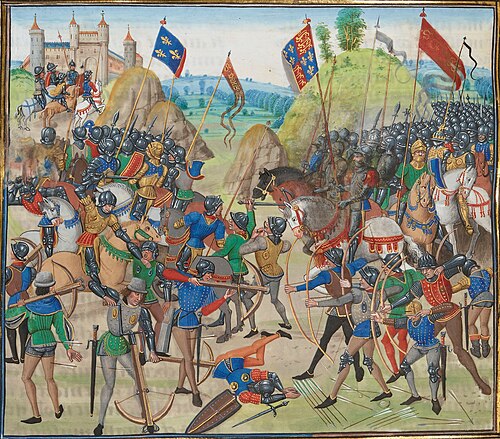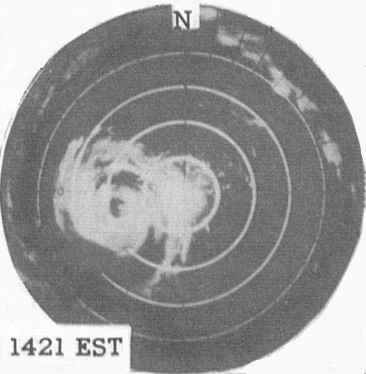 The Wikipedia article of the day for December 31, 2019 is Turbinellus floccosus.
The Wikipedia article of the day for December 31, 2019 is Turbinellus floccosus.Turbinellus floccosus, the shaggy chanterelle, is a cantharelloid mushroom of the fungus family Gomphaceae native to Asia and North America. It was known as Gomphus floccosus until 2011, when it was found to be only distantly related to the genus's type species, G. clavatus, and transferred to Turbinellus. The orange-capped vase- or trumpet-shaped mushrooms may reach 30 cm (12 in) high and 30 cm (12 in) wide. The lower and outer surfaces are covered in wrinkles and ridges rather than gills or pores, and are pale buff or yellowish to whitish. T. floccosus forms symbiotic relationships with the roots of various conifers in woodlands across Eastern Asia, from North Korea to Pakistan, and in North America, more frequently in the west. The mild-tasting mushrooms are consumed locally in northeastern India, Nepal and Mexico, but can cause gastrointestinal symptoms of nausea, vomiting and diarrhea.
 The Wikipedia article of the day for December 30, 2019 is
The Wikipedia article of the day for December 30, 2019 is  The Wikipedia article of the day for December 29, 2019 is
The Wikipedia article of the day for December 29, 2019 is  The Wikipedia article of the day for December 28, 2019 is
The Wikipedia article of the day for December 28, 2019 is  The Wikipedia article of the day for December 27, 2019 is
The Wikipedia article of the day for December 27, 2019 is 
 The Wikipedia article of the day for December 25, 2019 is
The Wikipedia article of the day for December 25, 2019 is  The Wikipedia article of the day for December 24, 2019 is
The Wikipedia article of the day for December 24, 2019 is 
 The Wikipedia article of the day for December 23, 2019 is
The Wikipedia article of the day for December 23, 2019 is  The Wikipedia article of the day for December 22, 2019 is
The Wikipedia article of the day for December 22, 2019 is  The Wikipedia article of the day for December 20, 2019 is
The Wikipedia article of the day for December 20, 2019 is 
 The Wikipedia article of the day for December 19, 2019 is
The Wikipedia article of the day for December 19, 2019 is  The Wikipedia article of the day for December 17, 2019 is
The Wikipedia article of the day for December 17, 2019 is  The Wikipedia article of the day for December 16, 2019 is
The Wikipedia article of the day for December 16, 2019 is  The Wikipedia article of the day for December 14, 2019 is
The Wikipedia article of the day for December 14, 2019 is  The Wikipedia article of the day for December 13, 2019 is
The Wikipedia article of the day for December 13, 2019 is 

 The Wikipedia article of the day for December 12, 2019 is
The Wikipedia article of the day for December 12, 2019 is 
 The Wikipedia article of the day for December 10, 2019 is
The Wikipedia article of the day for December 10, 2019 is  The Wikipedia article of the day for December 8, 2019 is
The Wikipedia article of the day for December 8, 2019 is  The Wikipedia article of the day for December 6, 2019 is
The Wikipedia article of the day for December 6, 2019 is 



 The Wikipedia article of the day for December 4, 2019 is
The Wikipedia article of the day for December 4, 2019 is  The Wikipedia article of the day for December 2, 2019 is
The Wikipedia article of the day for December 2, 2019 is  The Wikipedia article of the day for December 1, 2019 is
The Wikipedia article of the day for December 1, 2019 is 